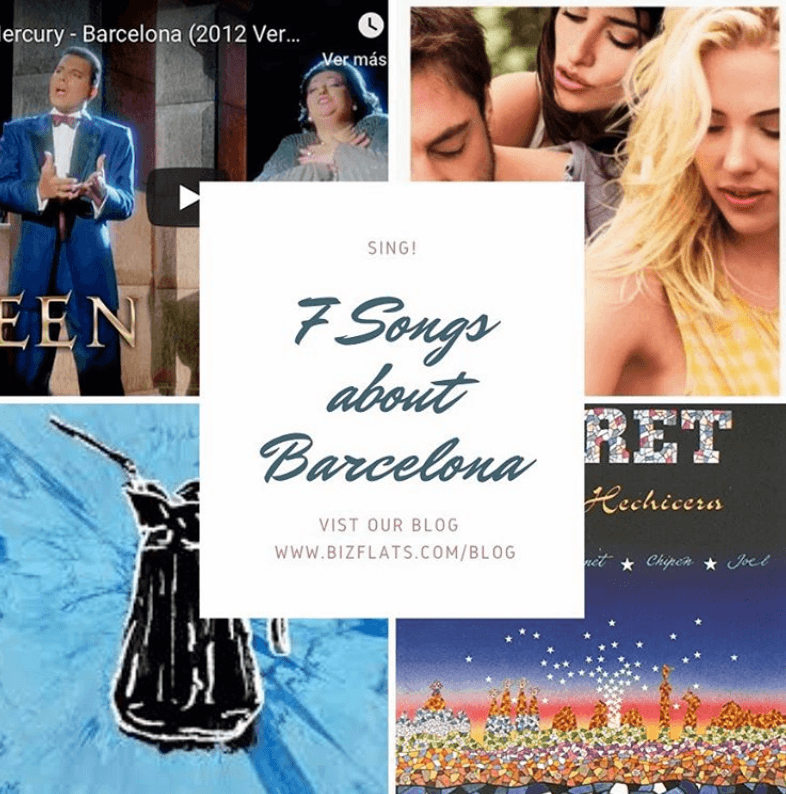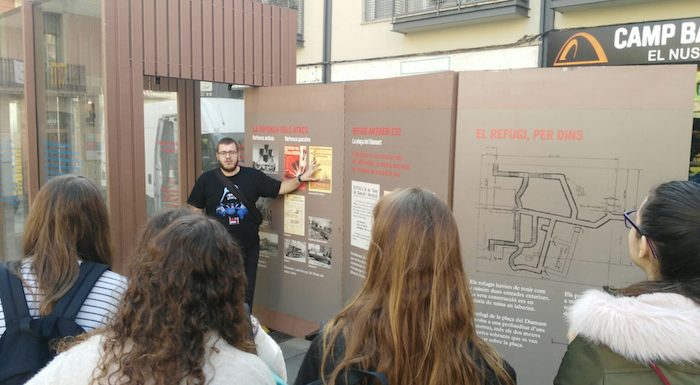A visit to a Barcelona Christmas Market is the best way to sample the city’s Christmas Spirit. The oldest one in the city is the Fira de Santa Llúcia – situated in front of the Barcelona Cathedral at Avinguda de la Catedral. It’s right in the centre of city and full of seasonal hustle and bustle, while brimming with traditional Catalan Christmas trinkets and decorations for house and garden.

This Barcelona Christmas Market was created to celebrate the feast day of Santa LLúcia on December 13, but has now grown into a major part of the city’s Yuletide celebrations. This year, it runs from November 26, through to December 23.
What to find in this Barcelona Christmas Market
There are over 250 stalls which are arranged in 4 distinct sections; Nativity Scenes & Figurines, Greenery and Plants (which includes fresh mistletoe for romantic visitors), Crafts & Fabrics and Traditional Musical Instruments.
It still is a very traditional Christmas market, but over time the Fira de Santa Llúcia has grown and grown. Today, it supplies additional products like toys and games for the children as well as decorations, hand crafted gifts and artisan products. Expect to see the traditional specialty on display, turrón, a baked cake of nougat made of honey, egg white and sugar with toasted almonds, or nuts with a rice paper coating. Buy two, so at least one gets to make its way home with you!
Among the many religious and more modern gift ideas, a few of the more traditional decorations items are on display and for sale. However, no Barcelona Christmas market would be complete without the infamous Caganer figures, a key fixture for the Catalan nativity scene, referred to as ‘El Pesebre’. This normally depicts a peasant defecating and the Caganer’s exact origins are pretty much unknown. But there he is, often hidden away in the far corner of a nativity scene, typically nowhere near the manger or main characters. The Catalan tradition is to have children find the hidden figure.

El Tió de Nadal
This leads to another fascinating tradition… the Tió de Nadal or Christmas log. The children will recite a famous song about el Tió de Nadal and before beating the Tió all the kids have to leave the room to pray, asking for the Tió to deliver a lot of presents. This makes the perfect excuse for the relatives to do the trick and put the presents under a blanket behind the Tió while the kids are praying. The Tió is not for large gifts, as they are brought by the three Kings on January 6th, but they are used more for smaller, communal gifts, treats and dried fruits that are shared by the whole brood… all of which are on offer at this Barcelona Christmas market.

How to get to Fira de Santa Llúcia
Due to the traffic jams during christmas holidays, we recommend you to get there using public transport. If you take the Metro, you can stop in Jaume I station (L4) and walk 3 minutes until the Cathedral.
Also you can stop in Plaça Catalunya, go down Portal de l’Àngel and have a walk in the main shopping street of the city until you get to the Cathedral (10 minutes walking)
The best way to discover this Barcelona’s Christmas Market is to rent a beautiful apartment in the city centre close by all the Christmas action, then please see our apartments in Barcelona here and book your festive vacation in Barcelona with us.

